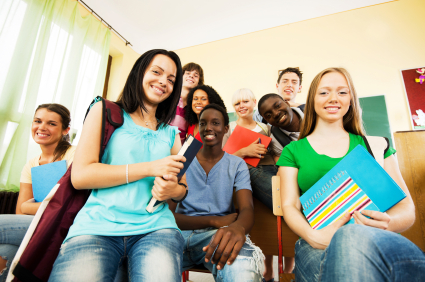
Every January, we celebrate Martin Luther King Jr. Day by remembering Dr.King’s civil rights work and accomplishments. Discussing diversity awareness in schools is a befitting way to honor Dr. King. By consciously promoting cultural diversity in schools, we honor Dr. King and the important cause toward which he worked.
2013 marks the 50th anniversary of some of the most notable events of the civil rights movement. One such event was the Children’s Crusade in Birmingham, Alabama in which thousands of African American students marched for their right to desegregated education. Many of the students were jailed and some were violently attacked by the police. This is a tragic and shameful event in our country’s history. On the one hand, we’ve made a lot of progress in the past 50 years, but a lot of work still lies ahead. While we may say that we celebrate diversity, the sentiment must also be reflected in our educational policy and practice.
To truly address diversity, schools must work towards achieving a culturally responsive pedagogy and policy. Culturally responsive practices, which support the accomplishments of all students, should be the foundation of every school environment. With this approach, all students feel and be safe and respected regardless of race, ethnicity, culture, religion, language, academic or physical ability, sexual orientation, gender identification, family composition, political views or socio-economic status.
Adults who work in schools have a responsibility to reflect upon and manage their own biases and prioritize policy and practice that supports and protects every one of our students.
There are many benefits that come with a conscious implementation of diversity awareness in the educational environment. Culturally-responsive pedagogy improves academic outcomes for students and makes learning more interesting and connected to the real world. More importantly, however, a successful diversity awareness program turns schools into a place where no child is afraid to come or afraid to be different.
It is never too late to implement a program that trains teachers and staff in culturally-responsive pedagogy. If you need some materials to help get you started, some good places to look are the National Center for Culturally Responsive Educational Systems, Lead Scape, and Equity Alliance.
